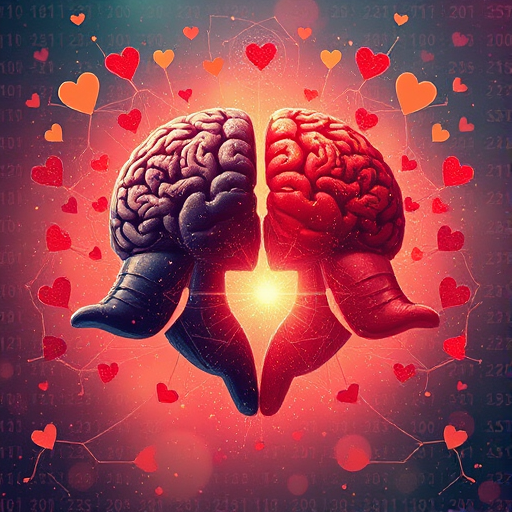The Science of Love: Understanding the Brain Chemistry of Romance
Introduction
Love is a complex emotion that has intrigued and inspired people for centuries. From sonnets to scientific studies, understanding the nature of love has been a perennial pursuit. But what exactly is happening in our brains when we fall in love? This article delves into the fascinating world of neuroscience to explore the brain chemistry of romance. By understanding the scientific underpinnings of love, we can gain a deeper appreciation for this universal human experience and perhaps even learn how to nurture and sustain it. So, get ready to embark on a journey into the heart of love, where science meets sentiment.
The Neurochemistry of Love: A Complex Cocktail
When it comes to understanding the brain chemistry of love, it’s important to recognize that it’s a complex interplay of hormones and neurotransmitters. These chemical messengers work in harmony to create the intense feelings and behaviors associated with romantic love.
One of the key players in this love cocktail is oxytocin, often referred to as the “love hormone.” Oxytocin is released during physical touch, sexual activity, and childbirth, and it plays a crucial role in pair bonding and social attachment. It promotes feelings of trust, empathy, and connection, encouraging us to seek closeness and intimacy with our partners.

Another important neurotransmitter is dopamine, which is associated with reward and pleasure. When we fall in love, dopamine levels surge, creating intense feelings of euphoria and desire. Dopamine motivates us to pursue and attain our romantic goals, and it’s responsible for the addictive nature of new love, where we crave more and more of our partner’s presence.
Additionally, the hormone vasopressin works alongside oxytocin to promote long-term bonding and commitment. Often referred to as the “monogamy hormone,” vasopressin encourages pair bonding and helps to foster feelings of loyalty and protection within relationships.
The Three Stages of Love
Neuroscientists have identified three distinct stages of love, each with its own unique brain chemistry:
Attraction and Lust
The initial spark of attraction is fueled by testosterone and estrogen, which increase sexual desire and motivate us to seek a partner. As the attraction intensifies, dopamine and norepinephrine (also known as noradrenaline) kick in, creating feelings of excitement and exhilaration. The heart races, palms sweat, and we experience the famous “butterflies in the stomach.”
Romantic Love
As the relationship progresses, the brain chemistry shifts. Dopamine continues to play a key role, but now it’s joined by oxytocin and vasopressin. This stage is characterized by intense feelings of attachment, preoccupation with the partner, and idealization of their qualities. Serotonin, a neurotransmitter associated with well-being and happiness, also dips during this stage, which may explain why new lovers often exhibit obsessive behaviors and lose interest in activities outside of their relationship.
Attachment
The final stage of love is attachment, where the initial passion and intensity give way to a deeper sense of calm and security. Here, oxytocin and vasopressin continue to promote bonding, while cortisol, the stress hormone, decreases. This creates a sense of comfort and safety within the relationship. Endorphins, natural painkillers and happiness boosters, are also present in this stage, fostering feelings of contentment and satisfaction.
Nurturing Love: A Conscious Practice
Understanding the brain chemistry of love can provide valuable insights into nurturing and sustaining romantic relationships. By recognizing the shifts in our brain’s chemistry, we can be more mindful of our behaviors and emotions. For instance, knowing that the initial rush of dopamine and norepinephrine will eventually wane can help us navigate the transition from passionate romance to a more stable, secure attachment.
[Insert




